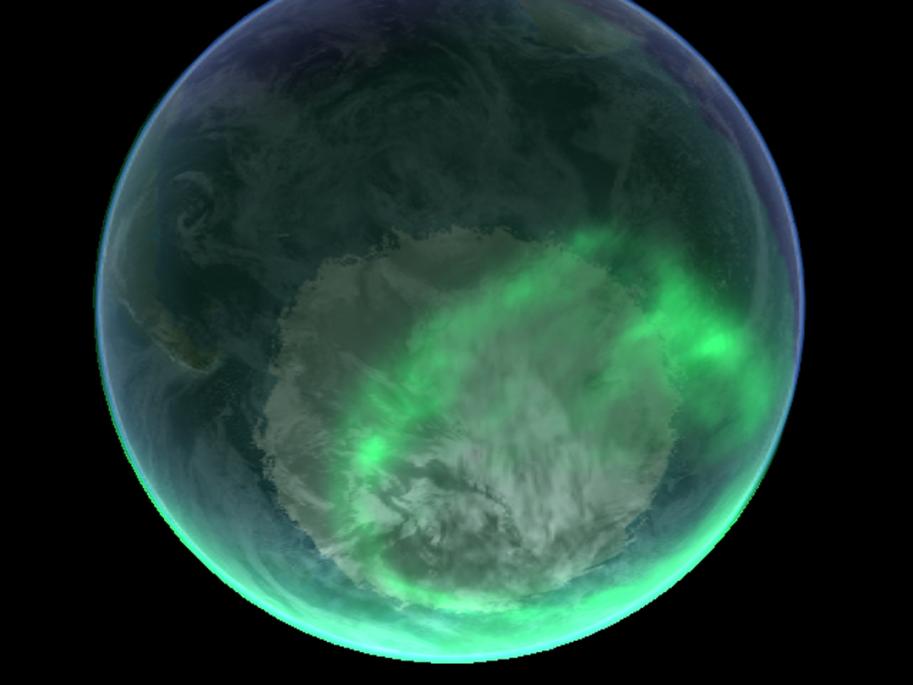Exploring the Connection: How Do Solar Storms Influence the Northern Lights?
The Northern Lights, also known as Aurora Borealis, are a captivating natural phenomenon that has fascinated humanity for centuries. These celestial light shows, characterized by vibrant colors and dynamic patterns, are a result of the interaction between solar storms and Earth's magnetosphere. In this article, we delve into the connection between solar storms and the Northern Lights, exploring the science behind this mesmerizing natural phenomenon.

Solar Storms: A Closer Look
- Definition: Solar storms are disturbances on the Sun that release vast amounts of energy and charged particles into space.
- Origin: Solar storms originate from the Sun's active regions, areas of intense magnetic activity.
- Types: Solar storms encompass various phenomena, including solar flares, coronal mass ejections (CMEs), and solar wind.
- Frequency and Intensity: Solar storms occur frequently, with varying intensity. Major solar storms can have significant impacts on Earth's magnetosphere and technological systems.
The Journey Of Solar Particles To Earth
- Path: Solar particles, carried by the solar wind, travel through interplanetary space toward Earth.
- Solar Wind: The solar wind is a continuous stream of charged particles emitted by the Sun. It carries solar particles toward Earth.
- Time: The time it takes for solar particles to reach Earth depends on the speed of the solar wind. It can range from a few hours to several days.
Interaction With Earth's Magnetosphere
- Magnetosphere: Earth's magnetosphere is a protective shield that deflects most solar particles away from the planet.
- Interaction: Solar particles interact with the magnetosphere, causing disturbances and creating geomagnetic storms.
- Auroral Oval: The auroral oval is a region around the Earth's magnetic poles where the Northern Lights are visible.
The Science Behind The Northern Lights
- Collisions: Charged particles from solar storms collide with atoms and molecules in the atmosphere.
- Light Emission: These collisions excite the atoms and molecules, causing them to emit light.
- Colors: The color of the Northern Lights depends on the type of particles and atmospheric gases involved in the collisions.
Impact On Earth's Systems
- Power Grids: Solar storms can disrupt power grids, causing blackouts and power outages.
- Communication Systems: Solar storms can interfere with radio communications, GPS systems, and satellite operations.
- Satellites: Solar storms can damage or disable satellites, affecting various services such as weather forecasting and telecommunications.
Observing And Predicting The Northern Lights
- Viewing Locations: The Northern Lights are best visible in high-latitude regions, such as Alaska, Canada, and Scandinavia.
- Conditions: Clear skies and dark nights are ideal for observing the Northern Lights.
- Aurora Forecasts: Aurora forecasts can help enthusiasts predict when and where the Northern Lights will be visible.
- Responsible Tourism: It's important to minimize light pollution and respect the natural beauty of the Northern Lights.
The Northern Lights are a mesmerizing natural phenomenon that showcases the interconnectedness of the Sun, Earth, and our solar system. Ongoing research and monitoring efforts aim to better understand and predict solar storms and their impact on Earth. By unraveling the mysteries of the Northern Lights, we gain insights into the dynamic relationship between our planet and the Sun.
YesNo

Leave a Reply